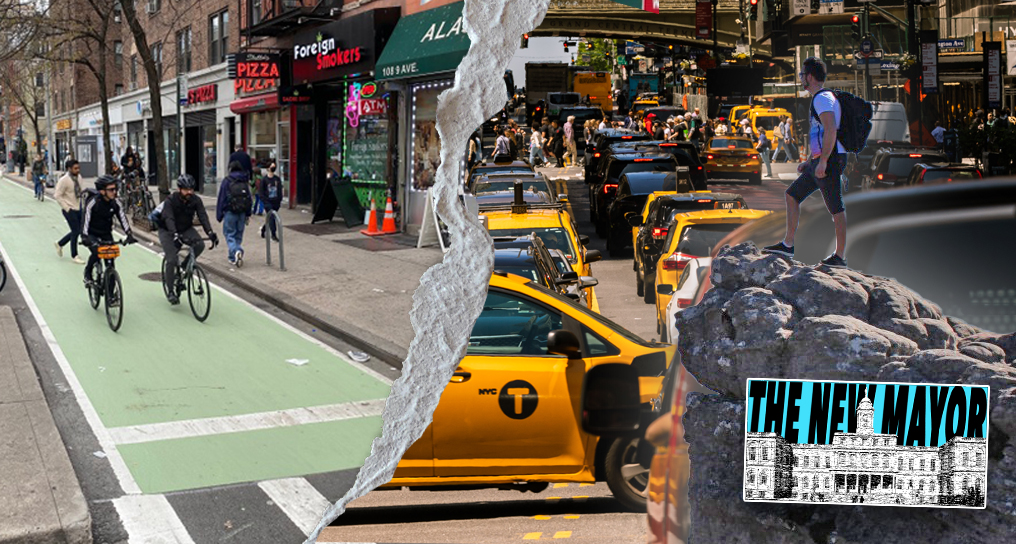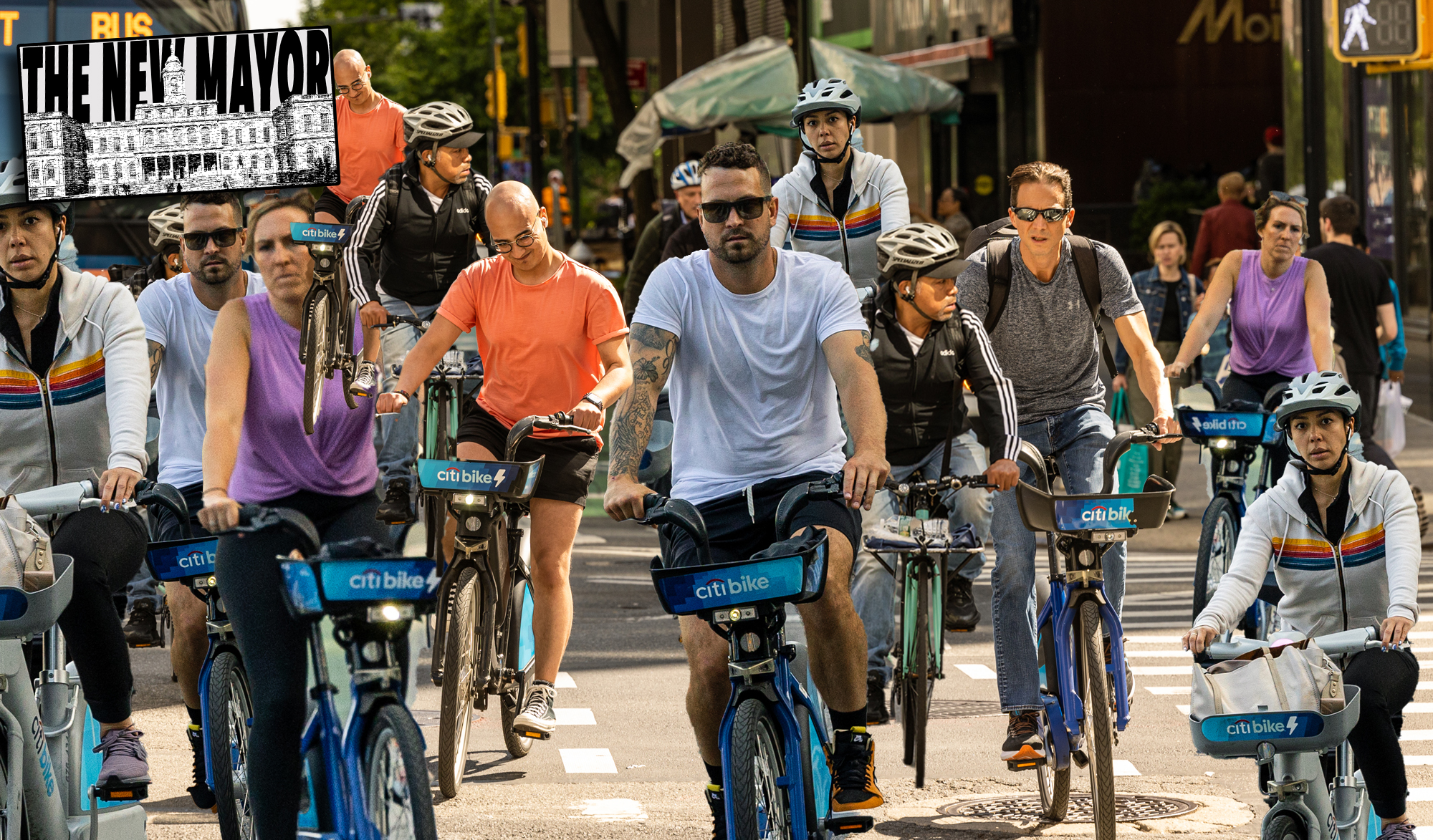
New York City's fourth Select Bus Service route will travel down Staten Island's Hylan Boulevard as soon as this September. The improvements are expected to speed travel times by 20 percent along the island's second-busiest route, according to a report by the MTA [PDF].
As on existing SBS routes, the Hylan service will make fewer stops than local or even limited buses and drive in dedicated and camera-enforced bus lanes. But as befits a borough with different transportation infrastructure and needs than the Bronx and Manhattan neighborhoods that currently have SBS routes, the plan for Hylan Boulevard will use a distinct mix of bus improvements to achieve 15-minute time savings on the full length of the S79 route.
Hylan Boulevard SBS won't have off-board fare payment, for example. The MTA has argued that because only a few riders will board at any given stop, it won't be worth it to have them pay on the sidewalk rather than on the bus. Around 8,800 people ride the S79 on an average weekday.
Nor will the buses have the benefit of bus lanes on the whole route. Bus lanes will be painted where they can help bypass congestion, but not in lightly trafficked areas. Nor will bus lanes be added where the effect on auto traffic would be the most intense. The three areas with bus lanes will be Hylan between Clove Road and Lincoln Avenue, Richmond Avenue near the Staten Island Mall, and the southbound side of Richmond where it approaches Hylan.
Instead, "advance signals," which allow buses to stop closer to a red light than private vehicles, will give transit a boost at intersections. Advance signals make it easier for buses to move away from the curb after stopping and can be used to allow buses to jump a queue of stopped cars. Transit signal priority, which holds the green light a little longer for approaching buses, will be added in 2013.
The Department of Transportation will also install badly-needed pedestrian infrastructure along the SBS route, making it easier and safer to get to and from the bus in the first place. New sidewalks, curbs, pedestrian refuge islands and bus shelters are planned at many locations along the corridor.
Finally, Staten Island will continue to be the beneficiary of the MTA's experiments with information technology. The borough was the first to receive a full roll-out of BusTime, which provides real-time bus location information online or by phone. Now, the MTA will use the Hylan Boulevard SBS as a pilot for putting real-time information, similar to the route information on newer subways, onboard the bus itself.





